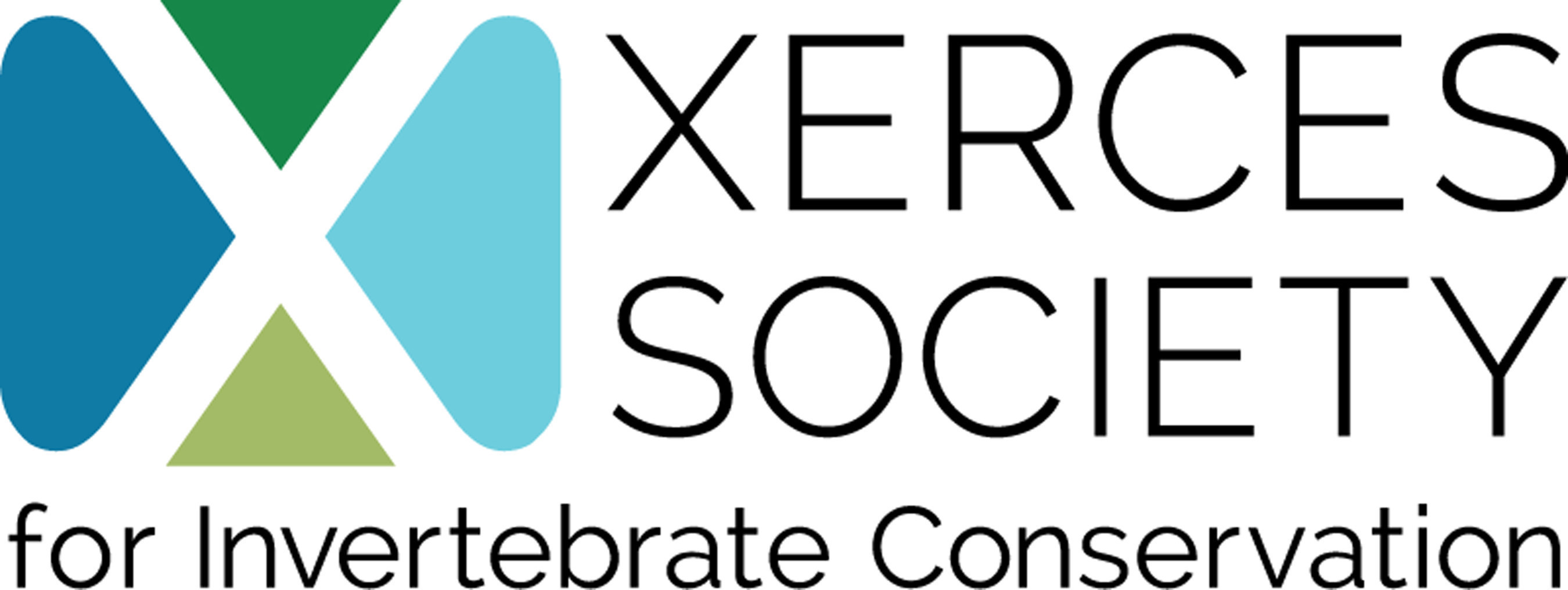
In the second edition of our series about the organizations we support at Harvest Market, we introduce The Xerces Society. The Xerces Society for Invertebrate Conservation is “an international nonprofit organization that protects wildlife through the conservation of invertebrates and their habitats. The name is derived from the now extinct Xerces Blue butterfly (Glaucopsyche xerces), the first butterfly known to go extinct in North America as a result of human activities.” In this interview with Matthew Shepherd, The Xerces Society’s Communication Director, Harvest Market asks about how we can do more to help pollinators and understand their plight.
Harvest Market: How would you describe the work of The Xerces Society?
Xerces Society: Never-ending? But seriously, the Xerces Society protects wildlife through the conservation of invertebrates and their habitats. We work with a wide range of individuals and organizations to create habitat, reduce pesticides, and make people more aware of the importance of insects and other invertebrates. We work with farmers and park managers to create habitat, with local communities to reduce pesticide use, with state and federal agencies to alter how public lands are managed, with Master Gardeners to teach people how to create pollinator gardens, with legislators to pass new protections for declining species, with transportation departments to change mowing on roadsides.
Invertebrates are incredibly diverse, ranging from slugs and worms to freshwater mussels and caddisflies to bees, butterflies, dragonflies, fireflies, and so many other animals that we see around us. To some, these are the icky bugs and pests to be controlled, but insects and other invertebrates are at the heart of a healthy environment. They clean streams, recycle leaf litter, dispose of dead stuff, pollinate farms and gardens, form the base of food webs, bring beauty to our landscapes, inspire art and poetry, and much, much more. Without them we wouldn’t have many things that we take for granted. Hence, our tag line: Protecting the life that sustains us.
Harvest Market: What is the most pressing issue pollinators are currently facing?
Xerces Society: Habitat. At the most basic level, without places to live, feed, and breed, insects won’t survive. Habitat that is primarily native plants, protected from pesticides, and connected across the landscape will give insects and other wildlife shelter from the impacts of current threats such as insecticides and offer refuge in the years ahead as we face uncertain conditions due to climate change.
We can also be advocating for changes to pesticide use regulations (and to just change people’s behaviors), encouraging people to purchase organic produce, and many other things, but it all circles back to habitat.
Harvest Market: What are some ways that the average person can support pollinators in their backyard, community and beyond?
Xerces Society: One thing that marks out pollinator conservation from efforts to protect animals such as bears or wolves or eagles is that it is something that can be done by anyone anywhere. It doesn’t happen in a distant wilderness or need vast tracts of land, it can be done on your front porch, in your backyard, in the parking strip or community garden or park. Anywhere in which you can plant flowers can become part of the patchwork of habitat that will support bees and other pollinators.
It’s also satisfying because you can see the immediate results. Plant a flower border and you’ll start seeing bees visiting and foraging on those plants.
We promote four principles for pollinator conservation:
- Grow flowers for nectar and pollen
- Provide nest sites or caterpillar hostplants
- Avoid pesticides
- Spread the word
There is no need to do all of these. If you have a garden, the first three are easy. If you’re in an apartment, you may be able to grow flowers in planters, but nest sites might be harder. If you’re not a gardener but love writing letters or talking, the fourth principle is perfect for you.
You’ll find information about these and more at bringbackthepollinators.org.
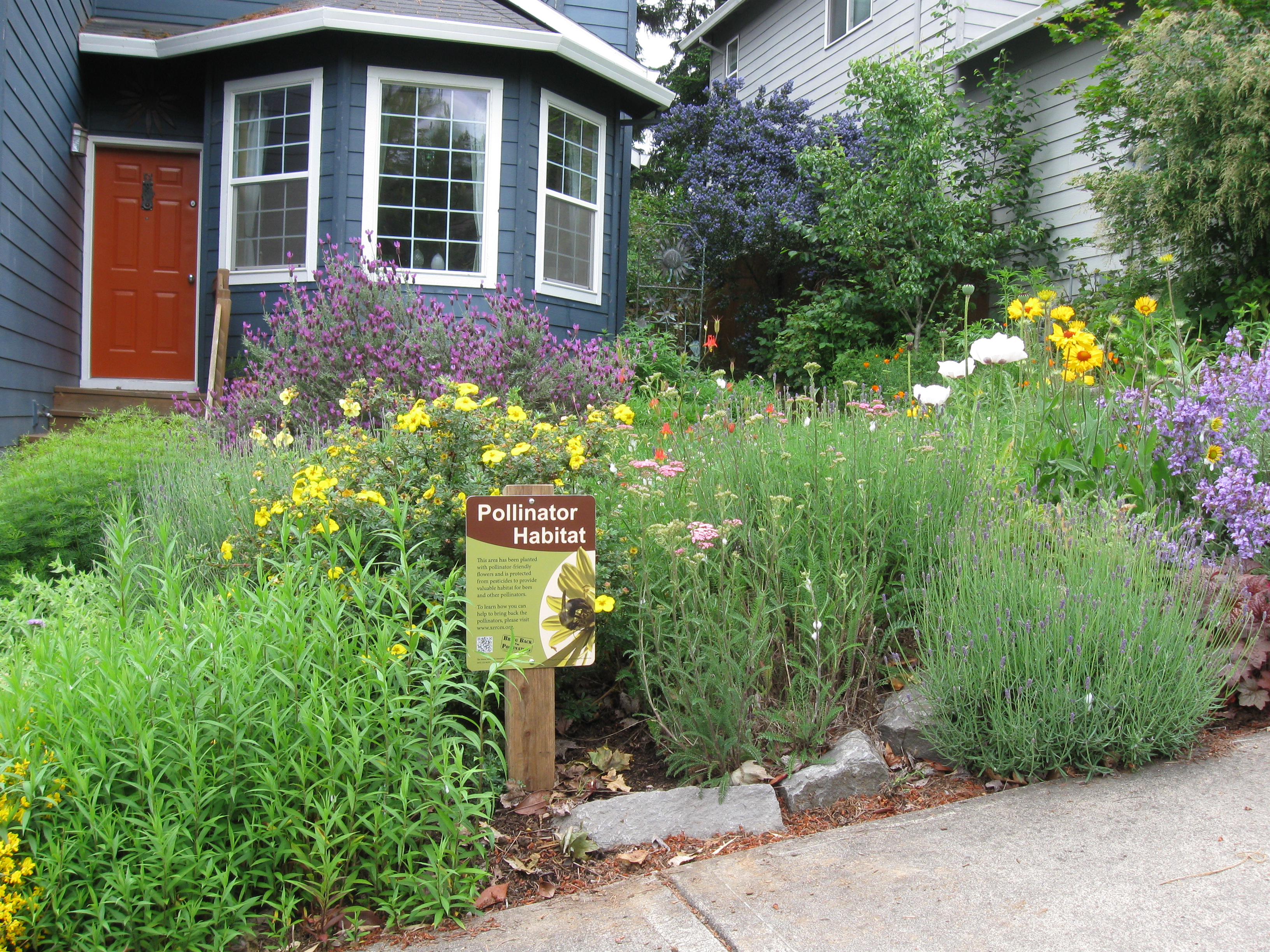
Harvest Market: Do you have a “top five” list of plants that people can integrate into their landscape for enhanced pollinator health?
Xerces Society: Lupines, coneflowers, sunflowers, asters, and goldenrod.
But, of course, it’s not quite that simple. Which aster, for example? New England aster (Symphyotrichum novae-angliae) is great in the east and many other regions; Pacific aster (Symphyotrichum chilense) is good for the West Coast; smooth blue aster (Symphyotrichum lavae) is the one for the Midwest. Coneflowers, goldenrods, and even sunflowers vary with the regions, too.
To help you find the best plants for where you live, Xerces created a series of regional pollinator plant lists, located here: http://xerces.org/providing-wildflowers-for-pollinators/
Harvest Market: What kind of foods, personal care, home and garden products can a consumer purchase to support pollinators? Are there products to avoid?
Xerces Society: There is an increasing number of brands that are supporting pollinators, either through donations to organizations (sometimes tied to a particular purchase) or by creating habitat on the farms that supply their ingredients. We have the good fortune to have corporate partners of both types and of all sizes. Here is a selection (in no particular order) of the companies we currently or previously have worked with: Endangered Species Chocolate, Cascadian Farms, Cheerios, Annie’s, Proud Pour, Justin’s, Madhava Natural Sweeteners, A to Z Wineworks, Rudi’s Organic Bakery, Häagen-Dazs, New Belgium Brewing Company, The Republic of Tea, MaraNatha, and Nature Valley.
Beyond those brands, on the whole, organic products are less harmful for pollinators, local producers probably incur a smaller carbon footprint to get the product to you, and an increasing number of brands claim 100% renewal energy. Anything that helps counter climate change is good!
Garden products may have the most direct connection to helping pollinators: If you have space, create a pollinator patch!. Look for native species or older garden varieties, which likely offer more nectar. Also, you can avoid purchasing plants that have been treated with neonicotinoids, a group of especially pernicious insecticides. You should also avoid purchasing insecticides for you own garden. Go organic and encourage beneficial insects to handle the pests for you!
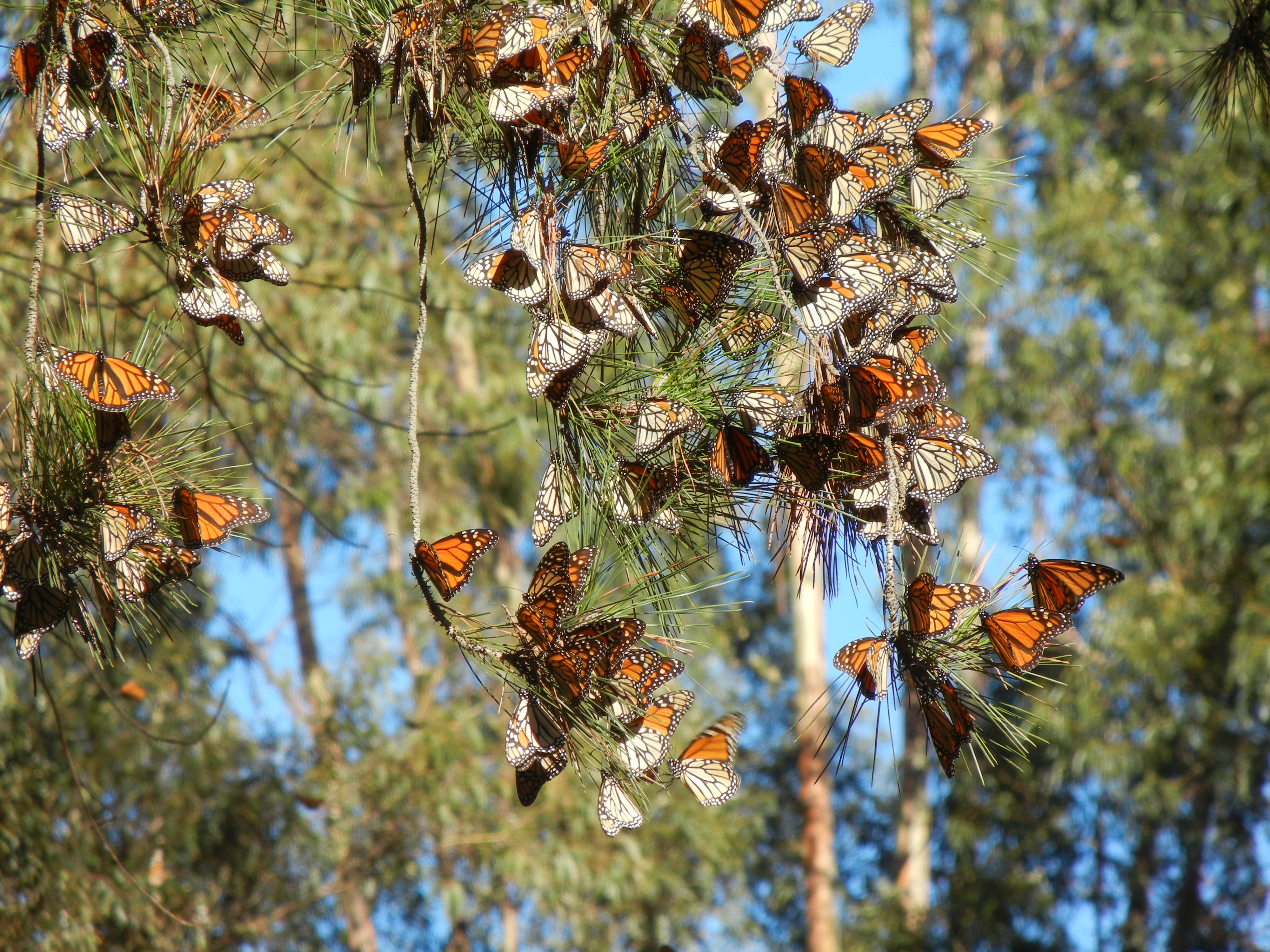
Harvest Market: How much does the political landscape change the scope of your work?
Xerces Society: What happens in Washington, D.C., and within agencies does impact our work. Some administrations are more open than others to environmental protection. The current administration doesn’t seem to value science, for example, placing more emphasis on political dogma than data or evidence, and is actively dismantling regulations. The EPA appears to be an agency that is more directly affected by this (though that may be an impression based on media reporting; I’m sure all agencies are affected), and sadly, it’s one that has a major influence over pollution of all types, whether into the air, water, or land.
Our work to reduce insecticide use is something that is affected by these kinds of changes. There may be fewer avenues to change federal regulations, so we are working more to change regulations at city, county, or state levels. There is a lot of energy and enthusiasm in local communities for restrictions or bans on neonicotinoid insecticides, in particular, as well as altering mosquito management practices. We can advise residents on how to craft a local ordinance or provide guidance to the parks department on developing IPM policies. There are lots of small ways to change how things are done.
Harvest Market: What is the most surprising part of your job?
Xerces Society: This is the hardest question of all. I’ve been involved with conservation for a long time now (over 30 years, I just worked out—yikes!), and have had the good fortune to work in some amazing places on three continents, doing work that has shifted from hands-on conservation and education to communications and outreach. There are times when it feels like I may have seen it all. But the creativity of people never ceases to amaze me. There are so many different ways in which individuals can become involved in conservation. It’s not all digging holes and planting things. Photographers, quilters, painters, poets, sculptors, musicians, authors—they all find ways to promote pollinators. People make bee nests for neighbors, propagate milkweed to give away, develop gardens at their kids’ schools, plan community nights to watch videos. It’s all wonderful!
Harvest Market: What aspect of invertebrate conservation is the most inspiring to you? And the most challenging?
Xerces Society: Personally, the most inspiring thing is the people that I get to work with, both staff of the Xerces Society with bring passion and dedication to every task and the regular people I meet and talk with. Their love for insects and desire to do something that will make a difference energizes me. Some mornings the news is bad or tiredness makes your afternoon drag, but then something small happens that rekindles your enthusiasm.
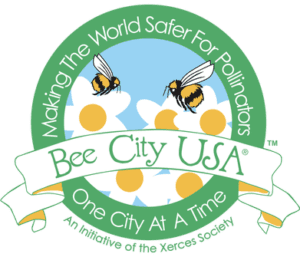 The most challenging is having the capacity to take on all that needs doing. This is a frequent refrain from nonprofits, but in the world of insect conservation there is a sudden and massive increase in interest, accompanied with the desire to do something. Recent alarming news about monarch butterflies in the western states, all the publicity around listing the rusty patch bumble bee, the ongoing stories of honey bee declines, these all generate enthusiasm and there is so much to do! At Xerces, we try to respond to every request, but we find times when we don’t have time or resources to take on more. We’re building a volunteer program, which will greatly expand our ability to participate in local events or give talks across the country. We have the Bee City USA program (and it’s sister, Bee Campus USA) that provides a focus for grassroots engagement. We also try to produce useful factsheets and other information. Empowering others to take their own actions is our desire!
The most challenging is having the capacity to take on all that needs doing. This is a frequent refrain from nonprofits, but in the world of insect conservation there is a sudden and massive increase in interest, accompanied with the desire to do something. Recent alarming news about monarch butterflies in the western states, all the publicity around listing the rusty patch bumble bee, the ongoing stories of honey bee declines, these all generate enthusiasm and there is so much to do! At Xerces, we try to respond to every request, but we find times when we don’t have time or resources to take on more. We’re building a volunteer program, which will greatly expand our ability to participate in local events or give talks across the country. We have the Bee City USA program (and it’s sister, Bee Campus USA) that provides a focus for grassroots engagement. We also try to produce useful factsheets and other information. Empowering others to take their own actions is our desire!
Harvest Market: Is there an achievement or contribution that you are most proud of? Why?
Xerces Society: In terms of a single achievement, getting the rusty patched bumble bee protected under the Endangered Species Act (ESA) ranks highly in the “most proud” list. This was the first bee to be federally protected in the continental US and was the result of about a decade of work that began with conversations with university researchers who noted that several species of bumble bees seemed to be declining rapidly. From that we started a community-science project to gather observations of this and a couple of other bumble bees (that project evolved into Bumble Bee Watch), engaged additional researchers to study and understand the patterns of loss that we were finding, and then preparing the ESA petition to request protection. As a once-widespread species that occurs on farmland and in urban areas, there was considerable resistance to petition from some industry groups, but had the good fortune to have some high-profile publicity for this species. Initially, we were able to have it featured on a candy bar wrapper from Endangered Species Chocolate, and then partnered with Clay Bolt and Neil Losin to produce the film “A Ghost in the Making,” which made the rusty patch a household name. Eventually, the bee was protected, but only after a last-moment hiccup when the rule was delayed by the 60-day moratorium put on all new regulations by President Trump.
That’s a high-profile achievement with a distinct endpoint that we can point to. There are other smaller, less obvious achievements. The fact that engineers along the West Coast are now talking about freshwater mussels while planning bridge construction projects is cool. Community gardeners are pooling resources to dedicate a plot to pollinator plants. Children sell homemade lemonade to raise money for bees. These are all wonderful things.
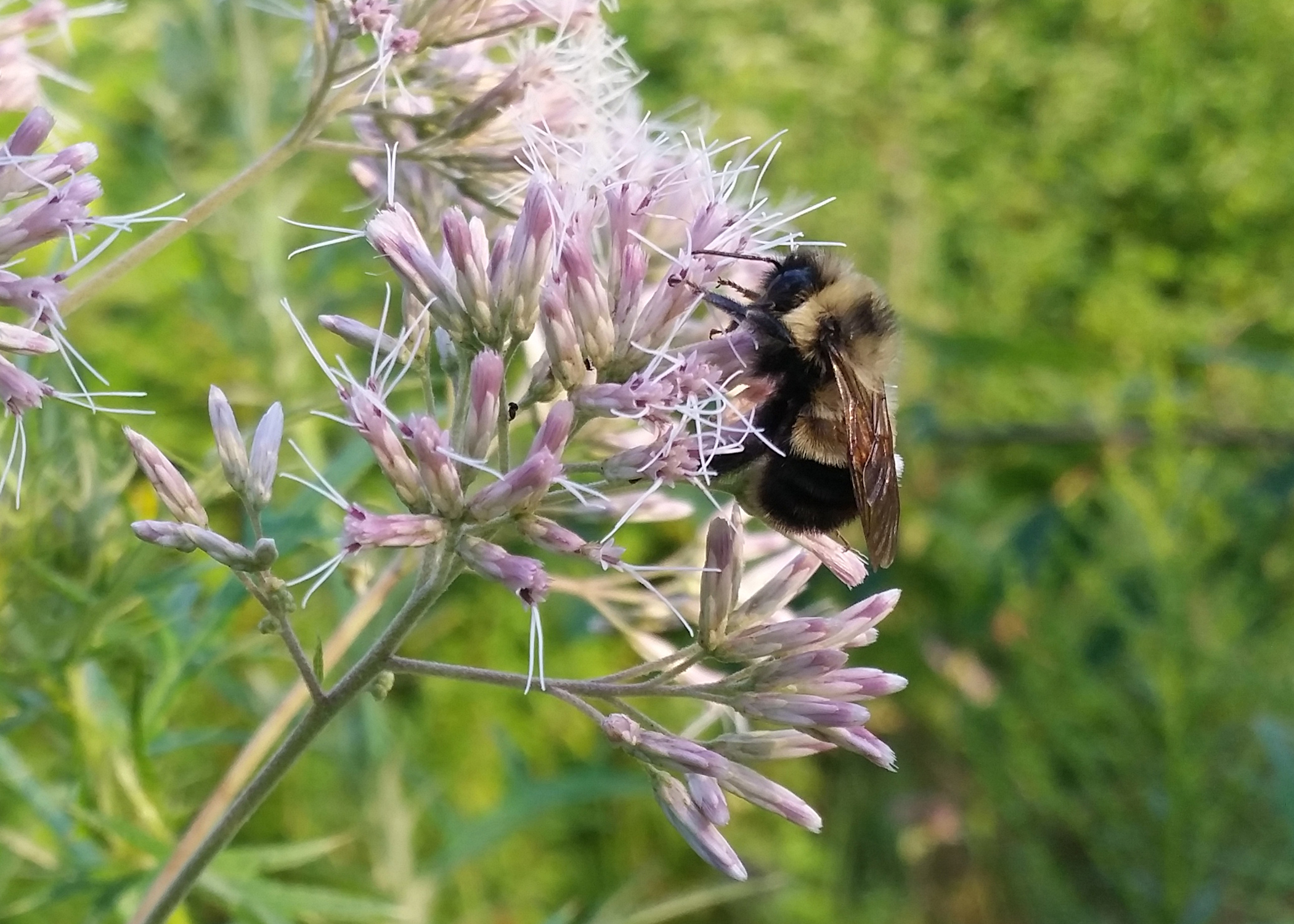
Harvest Market: What do you see as the next big issue for pollinators and The Xerces Society?
Xerces Society: Right now, we’re immersed in trying to recover the western population of monarch butterflies. The number overwintering in coastal California have fallen to an all-time low, less than 29,000 butterflies, which is an abrupt fall from the prior year (ca. 192,000) and almost complete collapse from the 1980s (estimated to be 4.5 million). We’re encouraging people to plant nectar flowers and milkweeds to support the remaining butterflies as they leave the coast. There are other things that need doing, but feeding the existing monarchs and their caterpillars is the first step.
A big issue that we are all grappling with is climate change. Despite some of the rhetoric coming from Washington, D.C., this is not an abstract issue. Our climate is changing, weather patterns are shifting: earlier springs, hotter summers, droughts in the west, snow storms in the east, and hurricanes everywhere, it seems. We can all make changes in our own lives to reduce carbon emissions (turn down the heat in winter and use less AC in summer, drive less, buy local produce, etc.) and there are many sources of advice on that.
At Xerces our focus is on habitat. Climate change is one more stressor for insects, adding to habitat loss, diseases, and pesticides. Good quality habitat that provides food and shelter is one thing that can buffer insects from all of these. In the face of climate change, habitat connections become more important, allowing insects to move across the landscape as conditions shift. For example, we work with multiple landowners in one area to create a network of connecting habitats in powerline easements, roadsides, and across farmland. We’re also selecting and prioritizing drought-tolerant species in planting projects, and looking into best practices for planting, such as what month is best to benefit from rainfall and does establishing habitats from seed or plants achieve the best results.
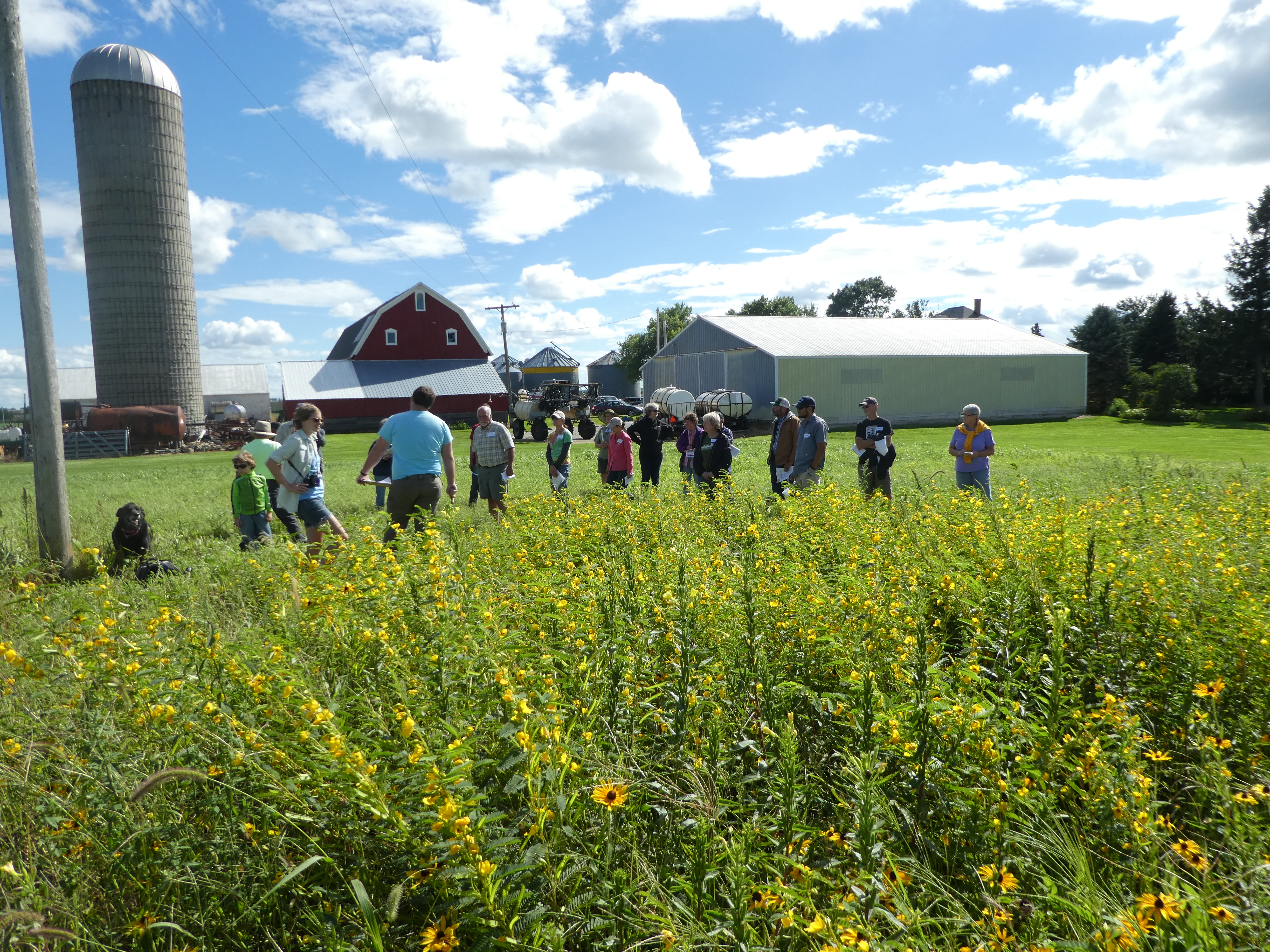
Harvest Market: Is there anything else you’d like to share with our customers and staff at Harvest Market?
Xerces Society: Thinking about habitat loss, climate change, and the disappearance of once-common butterflies it might feel like we’d staring into the abyss. Aren’t these all huge problems—what can we do about them? They are big problems, but the amazing this is that there are small steps we can all take to counter them. Insects are small and don’t need large areas of land. Every time a few flowers are planted, that’s one more patch for pollinators. Each time you decide to buy organic or not pick a bottle of garden insecticide from the shelf, that’s one less dose of chemicals in our environment. If you can write a letter to your local paper encouraging your community to shift toward IPM for pest management, that’s one more step in the right direction.
To achieve the kind of changes we need in our landscapes, whether it’s densely developed downtown, spacious suburbs, or open fields, we all need to chip in. Thank you for anything and everything you do to help our beleaguered pollinators and the other insects that bring so much into our lives.
